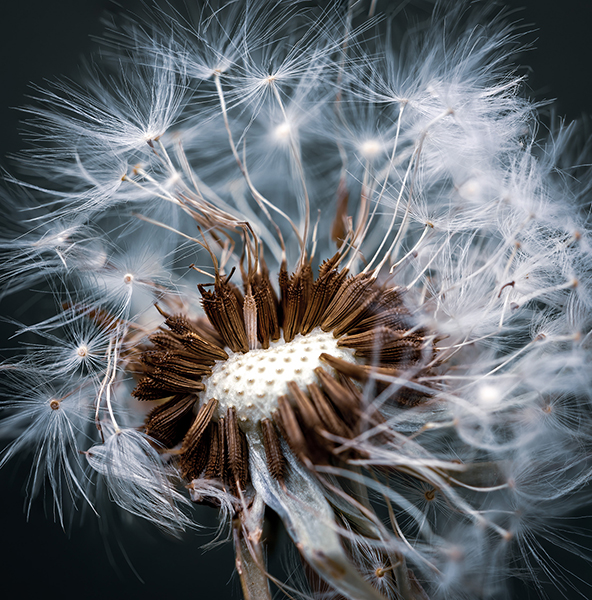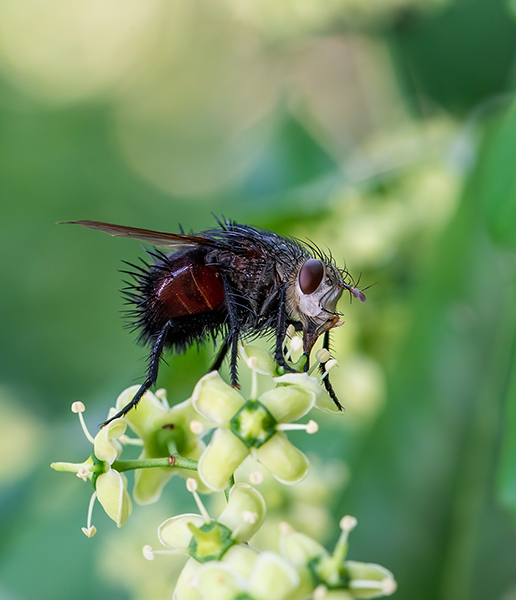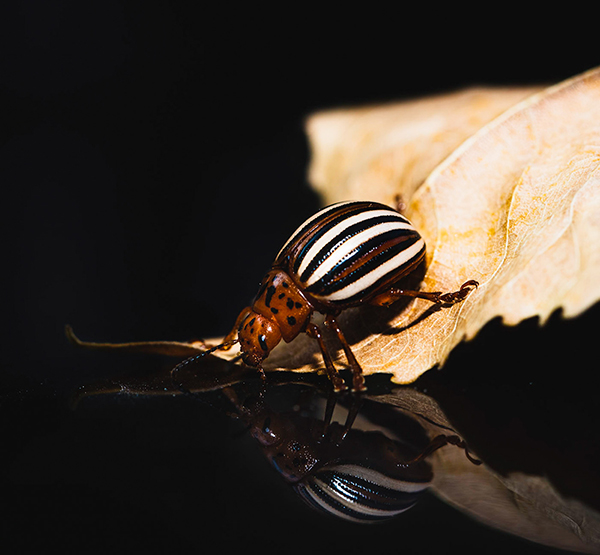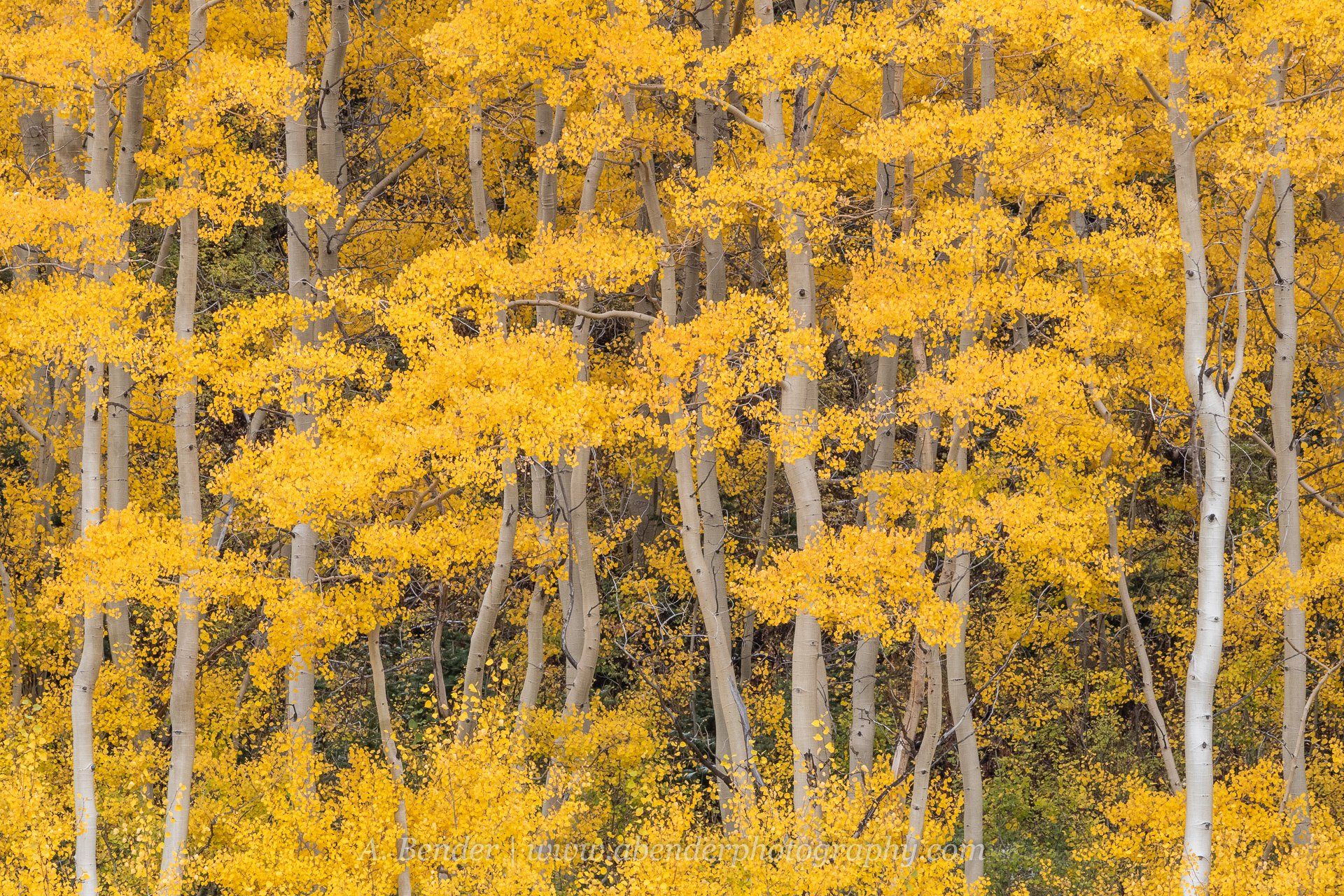How to Shoot Backyard Macro
Adapted from Tamron USA website, for complete article Click Here.
Rhonda Coe’s Tamron SP 90mm F/2.8 VC macro lens helps her create extraordinary photos in the most ordinary of places.
By Jenn Gidman
Images by Rhonda Coe
This past winter seemed especially long, and no spring has ever felt so welcome. For macro photographers like Rhonda Coe, one respite during the long season was the ability to keep taking pictures, whether it was in her driveway, out in her yard, or in her kitchen at her Ohio home. “The goal I set for myself while shooting macro, no matter what time of year I’m shooting, is to seek out the unusual—the things you don’t usually see people taking pictures of, like weeds or ugly insects,” she says.
For the past several years, Rhonda has relied on the Tamron SP 90mm F/2.8 VC Lens
to compose her macro creations. “It’s difficult to shoot macro on a tripod, because I’m climbing into the bushes, chasing after bugs, and getting down low, so most of the time, I shoot handheld,” she says. “The 90mm’s Vibration Control (VC) feature ensures I get the compensation I need for any camera shake. I also appreciate the focus limiter switch on the side of the lens, which helps me achieve focus more quickly when I know the distance of the subject I want to have in focus. Another bonus with this lens: I don’t use it just for macro. I’ve taken landscape photos and portraits with it as well. I can keep the 90mm on my camera all day and take so many different types of pictures. It’s very conducive to getting my creative juices flowing.”
Enjoy some recent macro photos Rhonda has shot with the 90mm, as well as her explainers on how she compensated for some of the challenges that popped up during her sessions.

90mm, F/8, 1/100th sec., ISO 100
Click image to view larger
Dandelion seeds can be challenging to photograph, as even the tiniest breeze can cause your picture to go out of focus. I’d taken photos of the entire dandelion shown here, but it looked a little chaotic, so I started focusing more on the core. I liked how you could see how all of the seeds were attached in the middle. In post-processing, I gave the image a more bluish-orange tone and cropped it real close so you couldn’t see all of the grass and other stuff behind it, which would’ve been distracting.

90mm, F/8, 1/100th sec., ISO 560
Click image to view larger
Epalpus signifer is a species of bristle fly, and one of them was flying from flower to flower on the holly bush in my yard. He was pretty big, about an inch long. Because it was timid and seemed afraid of me, I took this photo from about 4 feet away, then cropped the image. I love how the 90mm macro was able to pick up each tiny hair on its body.

90mm, F/9, 1/200th sec., ISO 160
Click image to view larger
I used water to mist this salsify seed with the reflection of the gerbera daisy, which is really large. That’s how it’s able to hold so many water droplets. It’s hard to focus-stack pictures of these seeds, because they dry up really quickly, though I was able to stack three images. I needed to have my shutter speed a bit higher than I usually would because I was shooting at F/9 so as much as possible would be in focus.

90mm, F/8, 1/160th sec., ISO 320
Click image to view larger
My husband was washing his truck and called me out to alert me to this beetle. I picked up a leaf nearby and the beetle crawled onto it. I wanted to take a picture involving some kind of reflection and at first was going to grab a mirror, but then I realized my husband had washed my dark gray Jeep. I picked up the leaf with the insect and placed it on the hood of my car so I could take my shot. In post-processing, I darkened the hood a bit so all you really see is the leaf and the beetle.
To see more of Rhonda Coe’s work, go to www.rhondacoe.com.
More Blog Posts


Useful Links
All Prices, specifications, and images are subject to change without notice. Not responsible for typographical or illustrative errors.
All manufacturer rebates, terms, conditions, and expiration dates are subject to manufacturers printed forms.
Art's Cameras Plus. All Rights Reserved


